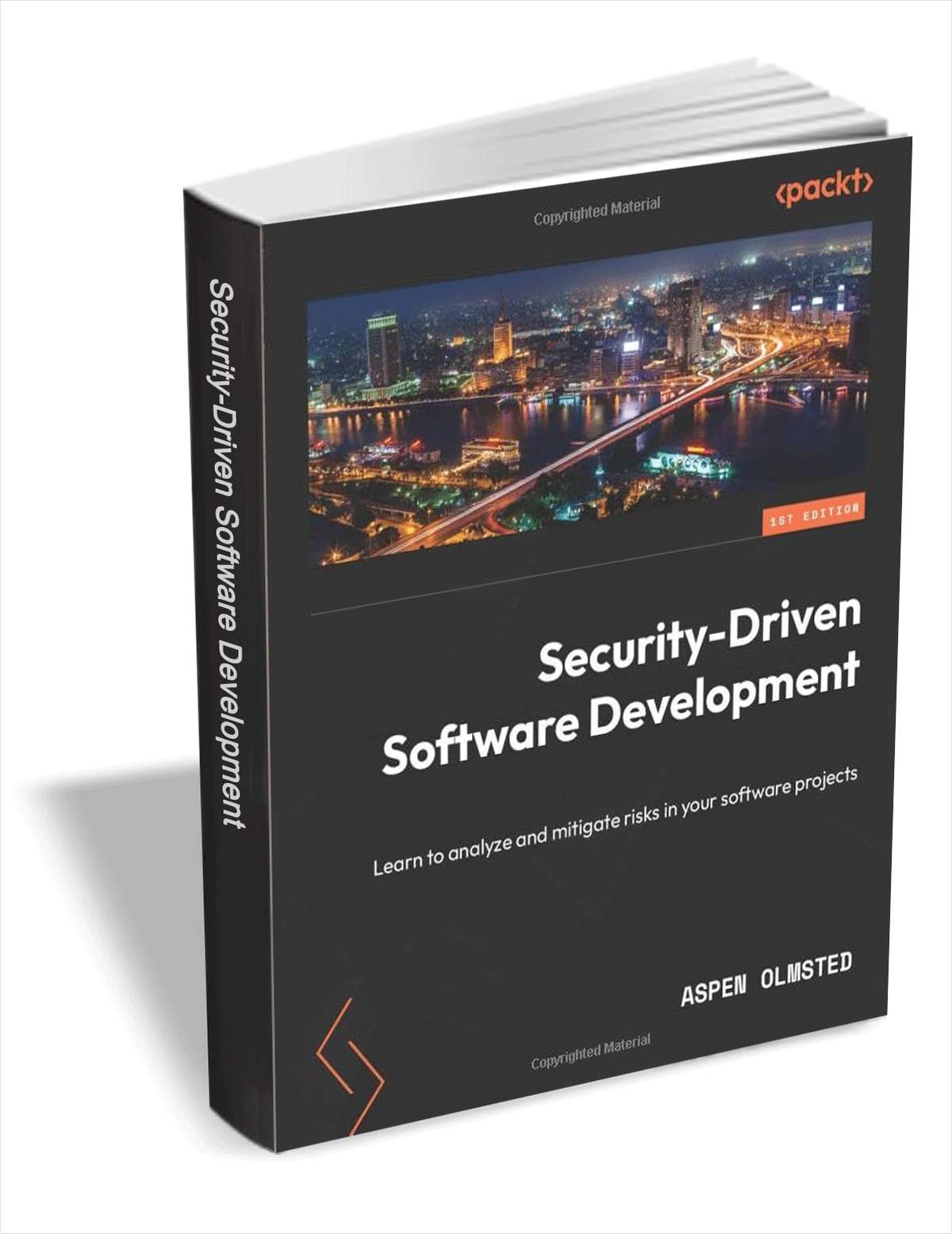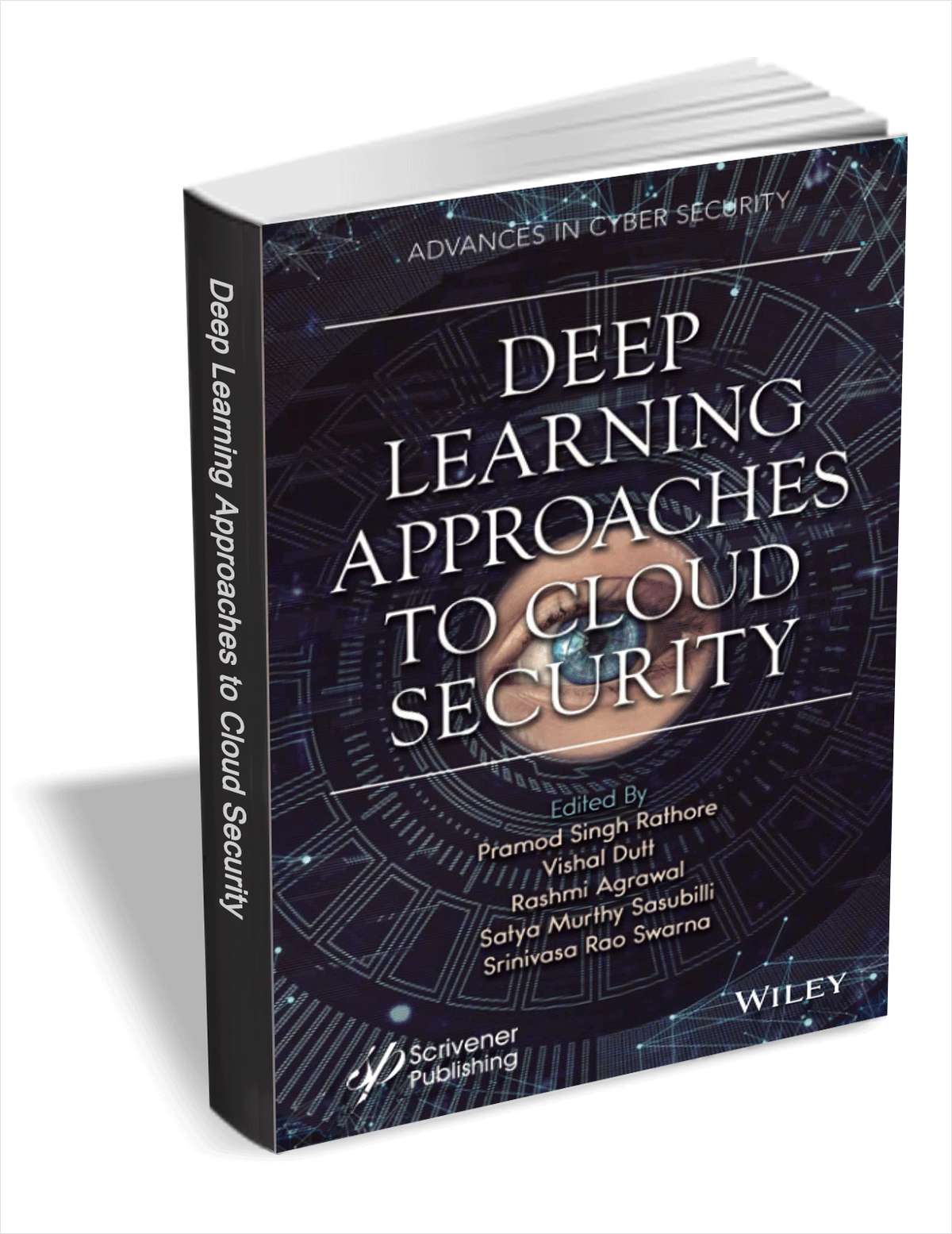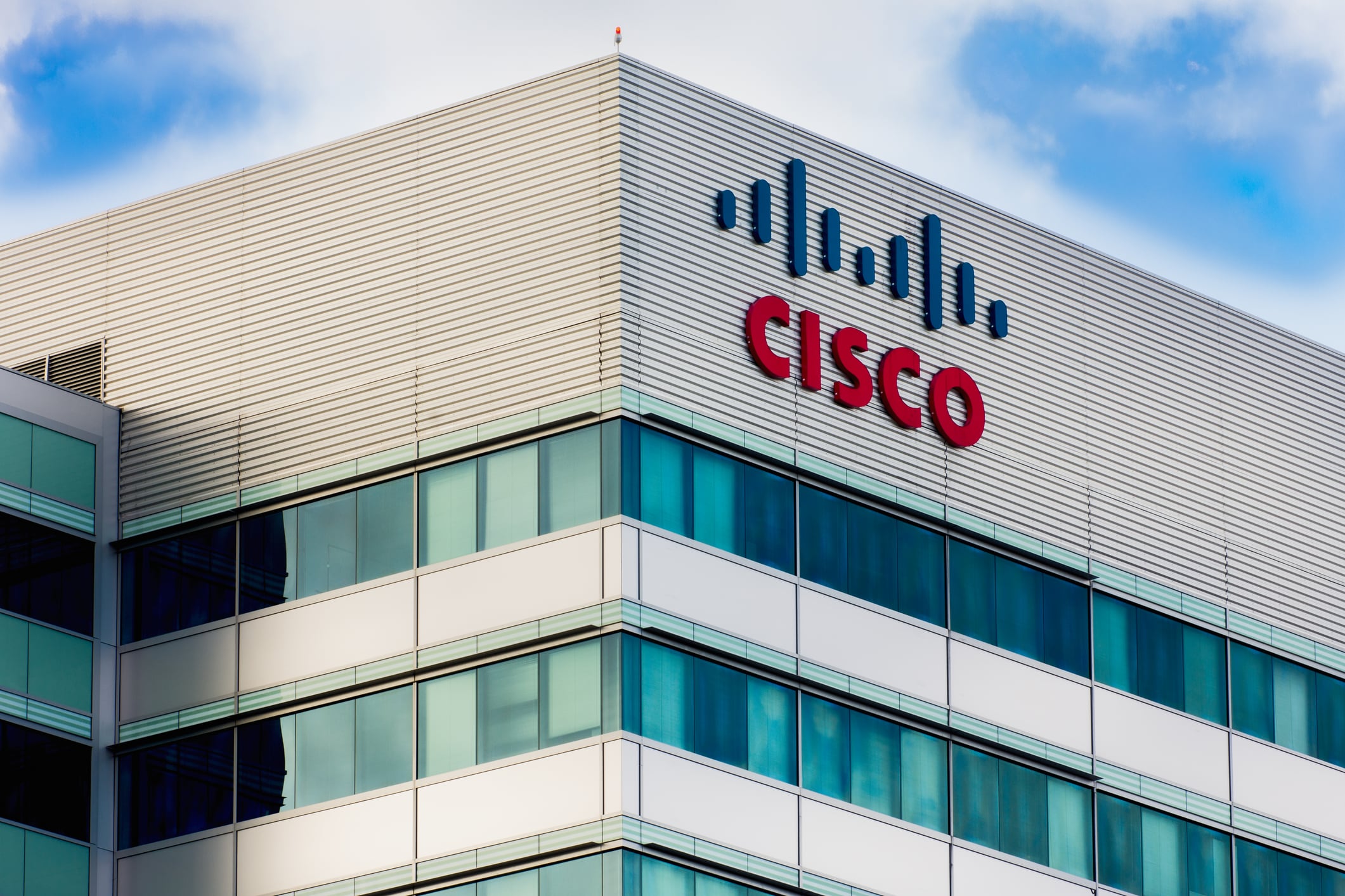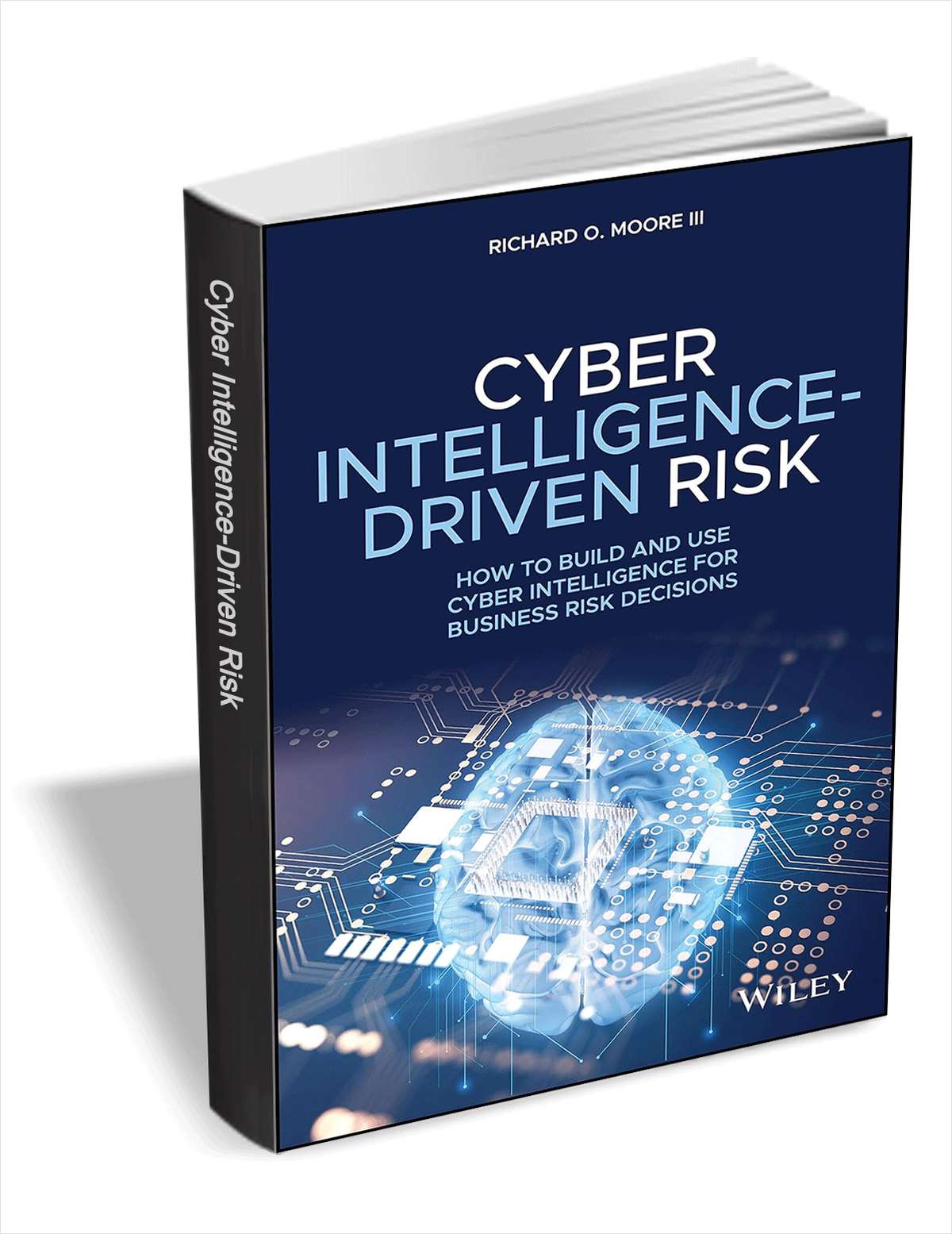
Get 'Security-Driven Software Development' (worth $30.99) for FREE
Perfect for any programmer or developer working on mission-critical applications, this hands-on guide, Security-Driven Software Development, helps you adopt secure software development practices.
Explore core concepts like security specification, modeling, and threat mitigation with the iterative approach of this book that allows you to trace security requirements through each phase of software development. You won’t stop at the basics; you’ll delve into multiple-layer attacks and develop the mindset to prevent them.

Get 'Deep Learning Approaches to Cloud Security' (worth $190) for FREE
Covering one of the most important subjects to our society today, Deep Learning Approaches to Cloud Security delves into solutions taken from evolving deep learning approaches, solutions allowing computers to learn from experience and understand the world in terms of a hierarchy of concepts, with each concept defined through its relation to simpler concepts.
Deep learning is the fastest growing field in computer science. Deep learning algorithms and techniques are found to be useful in different areas like automatic machine translation, automatic handwriting generation, visual recognition, fraud detection, and detecting developmental delay in children. However, applying deep learning techniques or algorithms successfully in these areas needs a concerted effort, fostering integrative research between experts ranging from diverse disciplines from data science to visualization.

Google issues apology for Chrome flaw that broke its password manager
Google has apologized for a Chrome problem that resulted in millions of users being unable to use the browser's password manger.
The issue meant that affected users were not able to access saved passwords for the majority of a day. In issuing its apology, Google explains that a faulty update for the M127 version of Chrome for Windows was to blame, noting that the problem hit users globally.

Four ways relentless hybrid attackers are targeting their prey
One way to understand the mind of hybrid attackers is to compare their behavior to the animal kingdom. They are predators using a relentless arsenal of tactics to hunt their prey across a large domain. Threat actors are the honey badger. A snake bite or a few bee stings might delay their attack for a moment, but they’ll find a way to take down the entire hive and satisfy their appetite.
But what is a hybrid attack? Today, all cyberattacks are hybrid. Every enterprise uses a mix of on-premises and cloud services, and the number of services used is rising. In fact, employees now use an average of 20 cloud and SaaS apps every month. Despite enterprises having every preventative measure in place, attackers are using this widening attack surface to their advantage. They can start with anyone or anything they can access, no matter how small, before moving at speed to extend their access and disrupt business operations at scale. Some of the most common traits that make stopping hybrid attacks difficult are how they bypass prevention, compromise identities, elevate and hide in privileges to move laterally across domains -- often at high speed.

Securing the unknown: Future-proof cyber security
A recent article from Harvard Business Review explores the mindset of today’s cyber hackers and explains why effective cybersecurity has become so challenging by outlining the three traits shared by every successful hacker: creativity, speed, and resourcefulness. Hackers who can successfully leverage these traits are able to assault a company’s defenses with an ever-evolving barrage of novel and impactful attacks.
Thus, to remain secure, companies must be prepared for the unknown. Today’s threat landscape includes tried-and-true attacks -- phishing, social engineering, and DoS attacks -- as well as innovative strategies driven by creativity, speed, and resourcefulness. The latter are designed to exploit weaknesses before companies discover they exist. The following approaches to cybersecurity can help companies develop a future-proof framework that anticipates and addresses hidden threats.

Six steps to protecting data in financial services companies
There is no shortage of news headlines about companies falling victim to cyber breaches and the astounding costs associated with them. According to the IBM Cost of a Data Breach Report 2023, the global average cost of a data breach in 2023 was $4.45 million, a 15 percent increase since 2020. For the financial services industry, the cost is even higher at $5.9 million per breach; that is 28 percent above the global average.
In addition to the higher price tag associated with a cyber breach, companies within the financial industry must also adhere to evolving compliance regulations that dictate how they respond to an attack and where they must invest to reduce the total risk.

A technical overview of Cisco IoT part 3: Security essentials & industrial applications
Following the second installment of this Cisco IoT series regarding IoT networking and security supported by Cisco's innovative hardware offerings, this next discussion explores related key topics that are essential for understanding and implementing IoT solutions effectively.
This comprehensive overview will cover critical aspects such as IoT security, operational technology visibility, and industry-specific use cases. By examining these elements, readers will gain a clearer picture of how Cisco's advanced IoT solutions can enhance security, improve operational efficiency, and drive business innovation across various sectors.

Source code: The source of truth for securing the API attack surface
Most organizations find themselves in the midst of their API security journey, racing to keep pace with expanding API ecosystems in a colossal threat landscape. As a core enabler of modern applications, facilitating seamless connectivity and powering mobile and web applications, APIs are everywhere. The DevOps revolution has completely transformed the pace at which developers can design and build APIs faster than a security team can match.
Large enterprises are operating with tens of thousands of APIs, and even small organizations have a surprising number, both internal and external. With applications and API portfolios becoming increasingly complex, maintaining a comprehensive understanding of all existing APIs has emerged as a significant hurdle. As APIs can quickly become obscured or forgotten, many organizations lack accurate context into the sheer scale and volume of APIs that persist across their infrastructure -- subsequently resulting in the absence of a full picture of their attack surface. As one cannot secure what they cannot see, the absence of discovery mechanisms opens organizations to a host of security risks. That is why API discovery is now a crucial process for security teams, designed to identify, catalog, and assess APIs.

Resurrecting Internet Explorer -- the nasty threat impacting potentially millions of Windows 10 and 11 users
Check Point Research (CPR) has identified a critical zero-day spoofing attack exploiting Microsoft Internet Explorer on modern Windows 10/11 systems, despite the browser's retirement.
Identified as CVE-2024-38112, this vulnerability allows attackers to execute remote code by tricking users into opening malicious Internet Shortcut (.url) files. This attack method has been active for over a year and could potentially impact millions.

Six ways to future-proof your CMS, while elevating your tech teams
In today’s competitive business environment, delivering dynamic experiences across multiple digital channels is becoming increasingly important. In the past, a traditional monolithic CMS was the go-to solution for managing website content in bulk, offering a comprehensive approach with integrated front-end and back-end functionalities.
However, as the importance of web channels for media distribution grew, developers within larger enterprises recognized the limitations of monolithic solutions in managing complex, structured content or delivering unique frontend capabilities. This led to the rise of custom, internal CMS solutions. Performance and extensive customization were possible but at huge engineering costs and time pressure to plan, develop, and uphold these systems.

Get 'Cyber Intelligence-Driven Risk' (worth $27) for FREE
Cyber Intelligence-Driven Risk provides a solution to one of the most pressing issues that executives and risk managers face: How can we weave information security into our business decisions to minimize overall business risk?
In today's complex digital landscape, business decisions and cyber event responses have implications for information security that high-level actors may be unable to foresee. What we need is a cybersecurity command center capable of delivering, not just data, but concise, meaningful interpretations that allow us to make informed decisions.

How the rush to regulate AI could bring new cyber security challenges
Since the arrival of generative AI, its potential to increase challenges associated with privacy and cyber security has become a major concern. As a result, government bodies and industry experts are hotly debating how to regulate the AI industry.
So, where are we heading and how is the crossover between AI and cyber security likely to play out? Looking at the lessons learnt from previous efforts to regulate the cyber security market over the past few decades, achieving anything similar for AI is a daunting prospect. However, change is essential if we are to create a regulatory framework that guards against AI's negative potential without also blocking the positive uses that AI is already delivering.

Why AI is essential to securing software and data supply chains
Supply-chain vulnerabilities loom large on the cybersecurity landscape, with threats and attacks such as SolarWinds, 3CX, Log4Shell and now XZ Utils underscoring the potentially devastating impact of these security breaches. The latter examples of Open Source Software (OSS) attacks are a growing attack vector. In fact, nearly three-quarters (74 percent) of UK software supply chains have faced cyber attacks within the last twelve months.
Expect attacks on the open source software supply chain to accelerate, with attackers automating attacks in common open source software projects and package managers. Many CISOs and DevSecOps teams are unprepared to implement controls in their existing build systems to mitigate these threats. In 2024, DevSecOps teams will migrate away from shift-left security models in favor of “shifting down” by using AI to automate security out of the developers’ workflows.

From application to zero trust: Identity security fundamentals to stay ahead of the threat landscape
Cybercriminals are not new, and often neither are their tactics. Despite this, phishing attacks, which incorporate social engineering in emails and messages to persuade people to perform an action that puts organizations at risk, continue to be highly successful. New technologies, such as GenAI, are improving these tactics further and companies must implement a strategic approach built on a solid foundation of identity security to minimize risks.
The most glaring vulnerability within an organization stems from human error. Mistakes such as using weak passwords, reusing credentials across multiple platforms, or falling victim to phishing attacks, can provide malicious actors with an easy gateway into secure systems. Social engineering exploits the natural human inclination to trust, deceive employees into divulging sensitive information or unwittingly granting access. Despite widespread awareness campaigns, these tactics continue to succeed, highlighting the gap between knowledge and practice, which presents a major risk to organizations.

DORA: A blueprint for cyber resilience in the U.S.
In today’s post-pandemic world, businesses are looking to shift back into the office while leveraging the learnings from the pandemic. Digital operations are going to be the new normal. With business innovations increasingly helping enterprises provide faster and easier-to-consume services to customers, the digital way of business is continuously creating a much larger digital footprint than ever before.
However, continuously increasing digital footprint also means possible targets of cyberattacks are also increasing equally rapidly. What is interesting to note is while investments in cybersecurity are increasing, so have the cyberattacks. According to CrowdStrike, attackers are moving faster within enterprises after an initial breach, with the average time it takes to hit patient 1 after patient 0 (the typical indicator of lateral movement) falling from 84 minutes to 62 minutes in the last year. Unfortunately, while many enterprises are continuing to invest in cyber security, far few invest in cyber defense, yet everyone wants the assurance of cyber resilience.
